
Hundreds of Millions of Dollars Have Been Recovered for Injured Babies and Children
"*" indicates required fields
Every parent hopes their child’s birth in Jersey City will be filled with happiness, not hardship. That’s why it’s vital to talk openly about the risks that can often be prevented in pregnancy and delivery—and what families should do if medical mistakes occur. At The Child Injury Firm, we’ve spent decades helping New Jersey families get answers after a birth injury. This guide uses Jersey City–specific context and current statewide and county indicators to help you plan, advocate, and, when needed, protect your child’s rights.
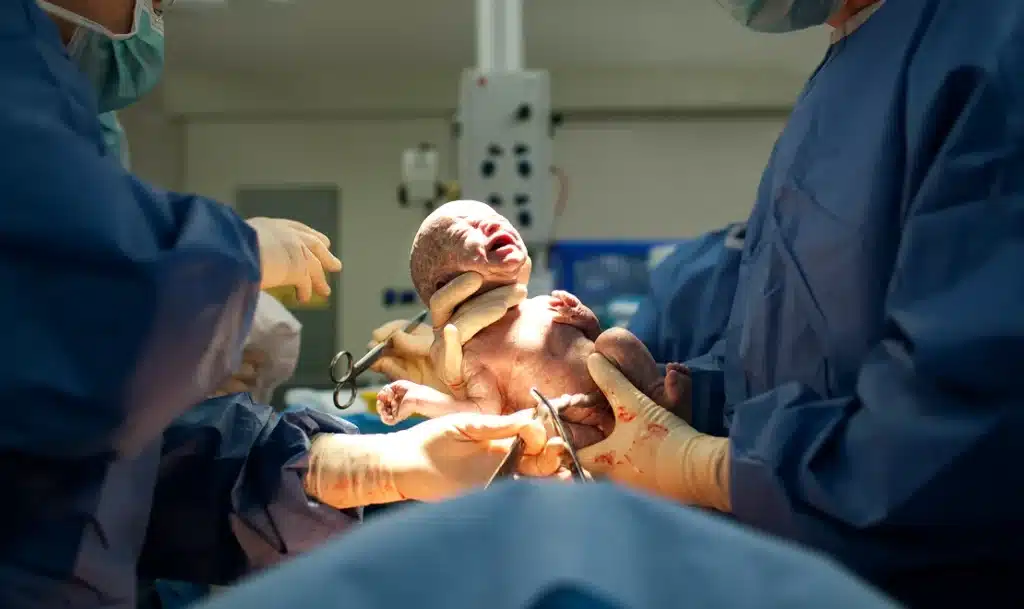

Precise counts of “birth injuries caused by malpractice” are not published at the city level. But public health signals—like preterm birth, low birthweight, infant mortality, and maternal complications—help parents understand where labor and delivery can be most fragile.
What this means for Jersey City families: Our city is large and diverse (2020 Census ≈292,449 residents), and many births occur in busy urban hospitals. That’s not automatically a problem—but busier units and higher clinical complexity can magnify the consequences of missed fetal distress, delayed C-sections, or inadequate newborn resuscitation.
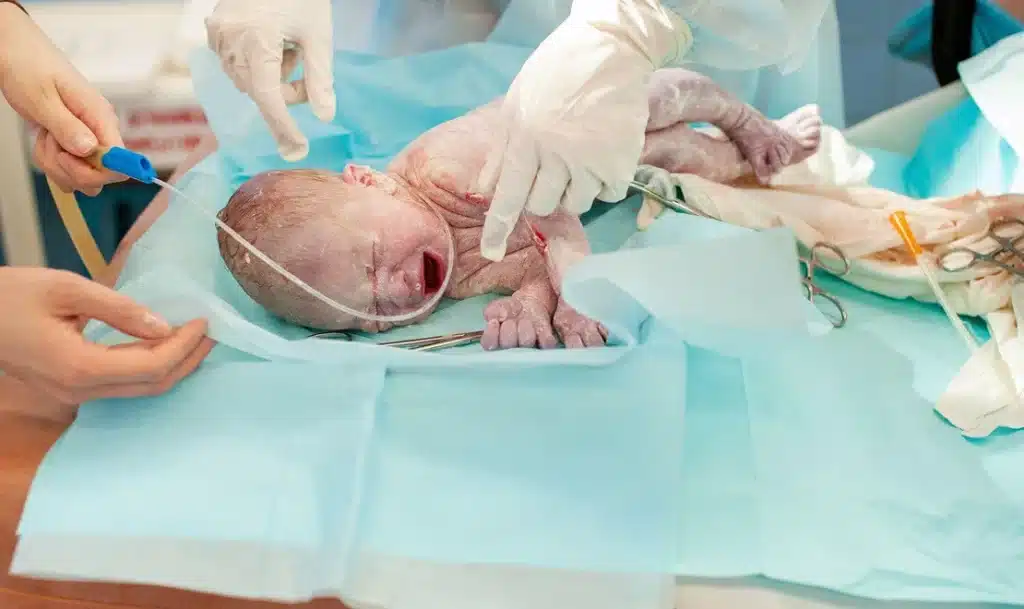
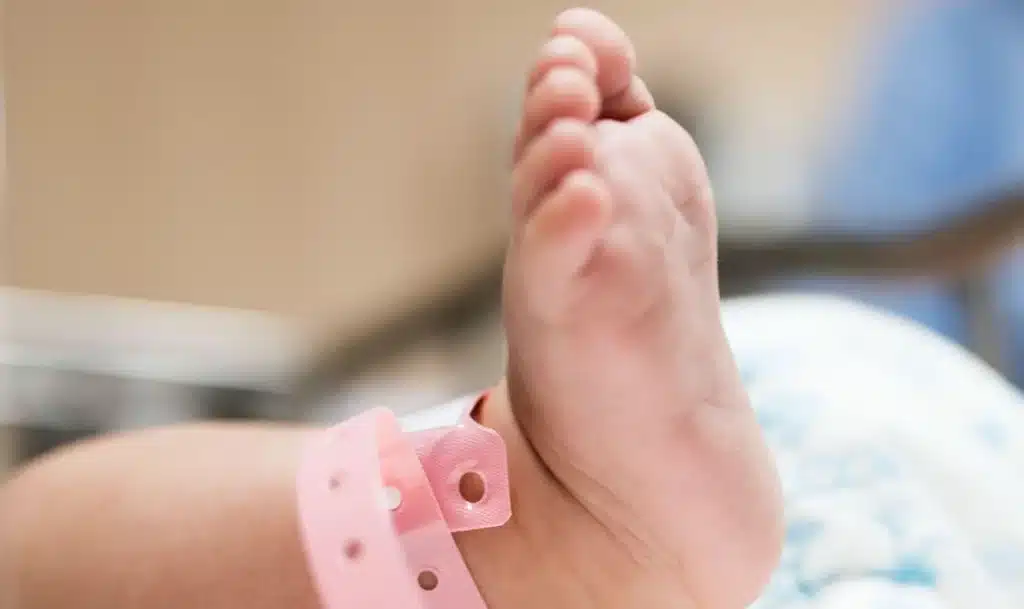
Not every adverse outcome is malpractice. But when care falls below the standard and harms a baby, families deserve answers.
Because Hudson County has a higher-than-average share of preterm births and documented disparities in severe maternal morbidity, vigilance—by both providers and families—matters at every step.
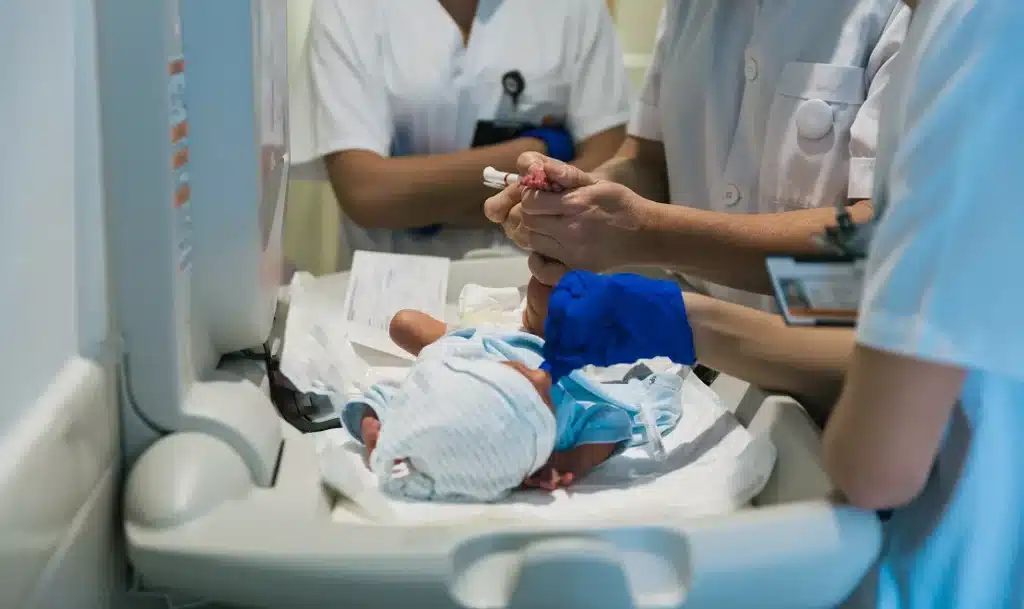

Jersey City is densely populated and medically complex, with patients coming from varied backgrounds and languages. Several realities shape risk and prevention:
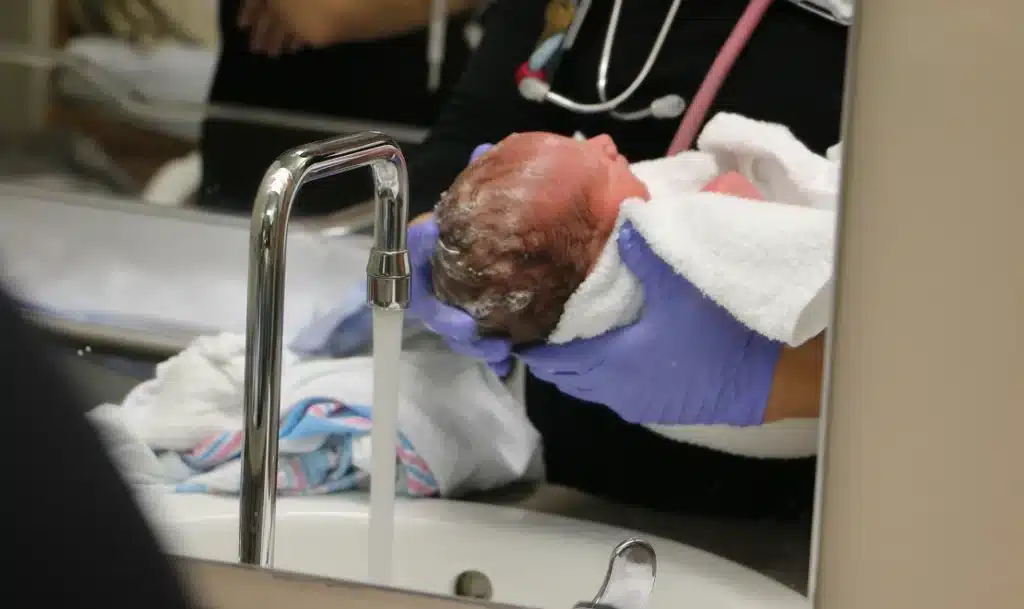
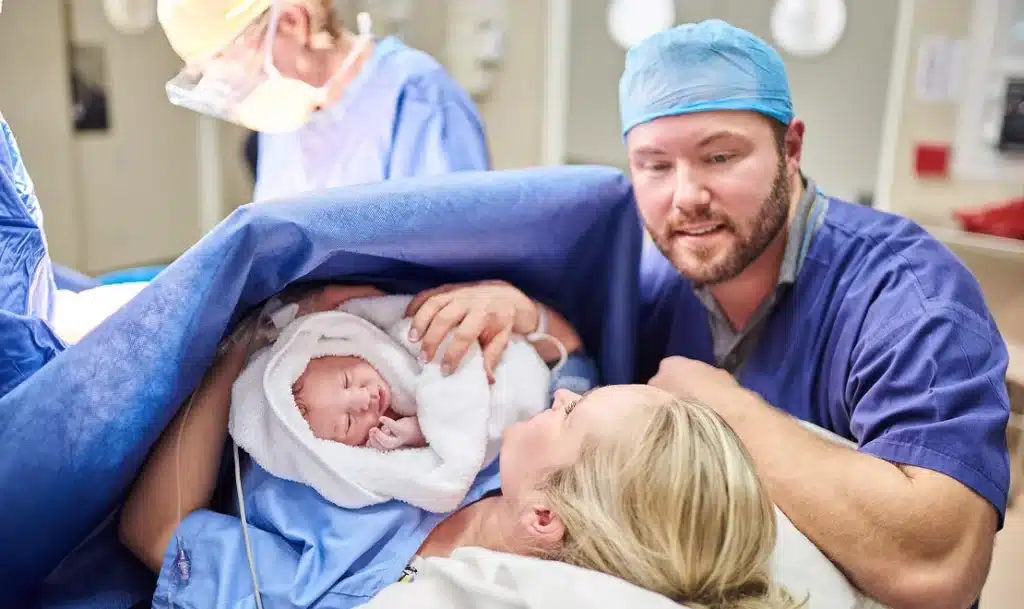
Most Jersey City deliveries occur at major regional hospitals and medical centers in North Jersey and New York City, including:


1) Start prenatal care early—and keep every appointment.
Early care catches hypertension, gestational diabetes, infections, and growth problems—key drivers of preterm birth and low birthweight. In a county where preterm birth remains near 1 in 10, sticking to a prenatal schedule can make a decisive difference.
2) Choose a hospital with the right capabilities for your risk level.
Ask about NICU level, 24/7 OB coverage, emergency C-section readiness, and fetal monitoring protocols. State data confirms rising SMM (Severe Maternal Morbidity) and obstetric hemorrhage rates, particularly in C-sections, so understanding a facility’s hemorrhage and sepsis protocols matters.
3) Make fetal monitoring a two-way conversation.
Ask: “How will you respond if my baby’s heart rate shows distress?” “At what point do you switch to C-section?” Errors often occur in the timing of interventions, not just the choice.
4) Control what you can control.
Work with your clinician on blood pressure, blood sugar, nutrition, and smoking cessation if applicable. These directly affect preterm and low-birthweight risks—predictors of fragile deliveries.
5) Reduce communication gaps.
If English isn’t your first language, request interpretation. Bring a written birth plan that highlights any risk factors (e.g., prior shoulder dystocia, preeclampsia history). Jersey City’s diversity is a strength; it also means clear, culturally competent communication is essential.
6) Document concerns in real time.
If you feel something is off—decreased fetal movement, severe headache/blurred vision late in pregnancy, sudden swelling, bleeding—seek care and note who you spoke with and what they advised. These details can be lifesaving and, if needed, legally significant.
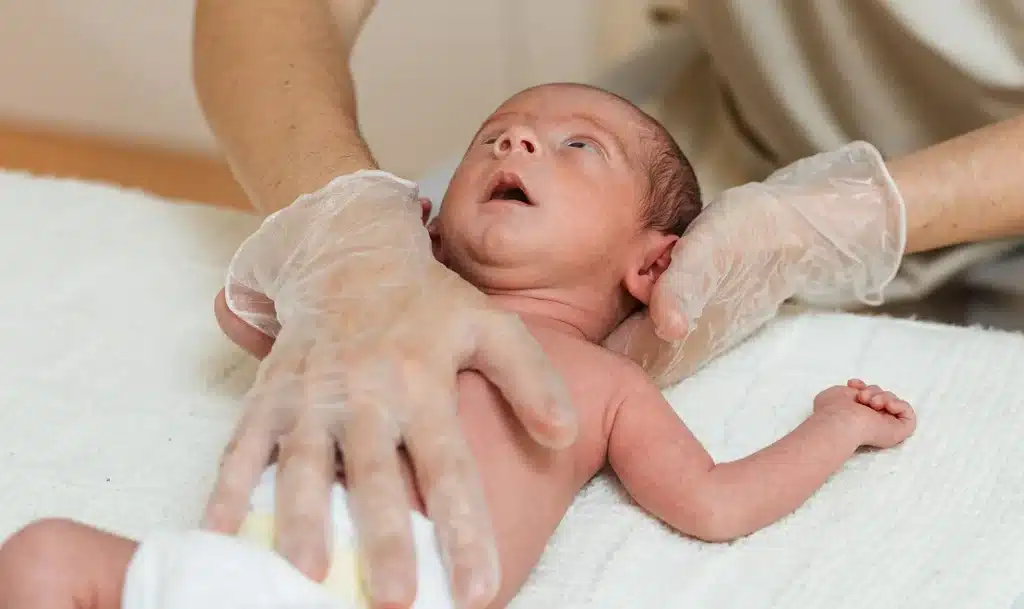

The cost of a serious birth injury—and why full-life planning matters
The lifetime needs of a child with HIE or moderate-to-severe CP can include frequent hospitalizations, specialist care, PT/OT/speech therapy, assistive technology, wheelchairs/orthotics, home modifications, and respite/home health aides. For many families, the financial impact over a lifetime reaches seven figures, even with insurance. That’s why, in malpractice cases, our experienced team pushes for life-care plans that price medical and non-medical needs over decades—not just next year.
Empowering yourself with the right information and questions can make a critical difference. Hospital policies and team readiness are not abstract concepts; they are measurable factors that directly impact patient safety.
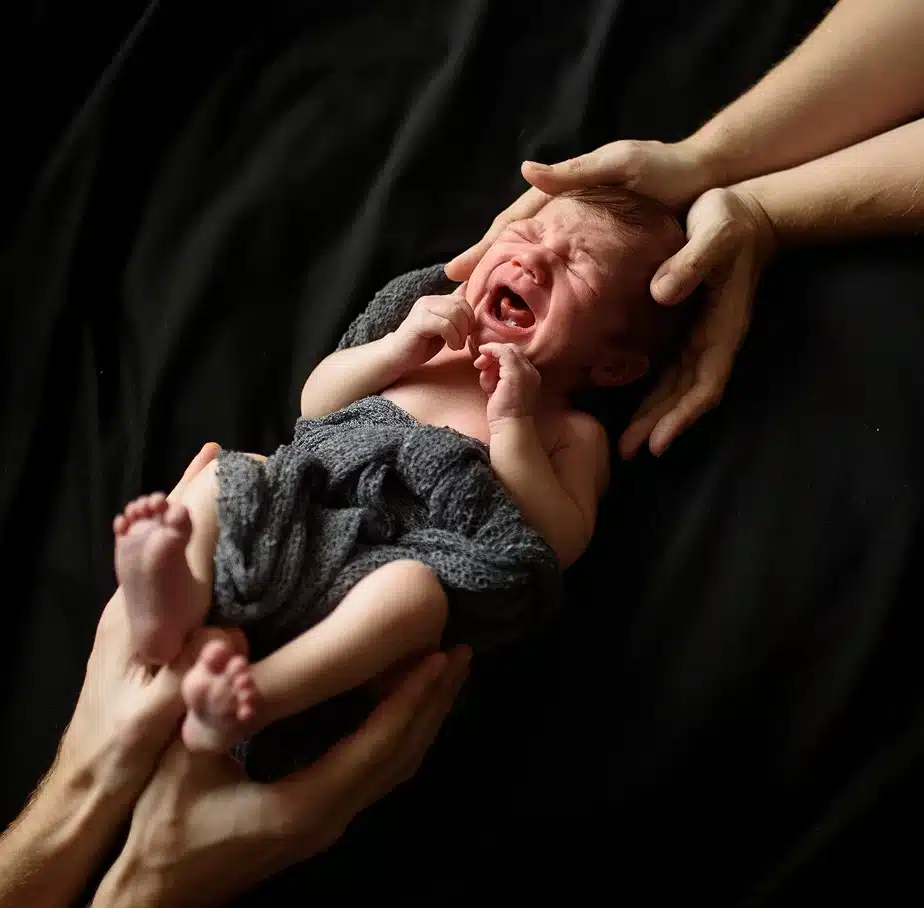
When a child is hurt, families want the truth and a plan for lifelong care. At The Child Injury FIrm, we pair legal strategy with deep medical understanding—reviewing fetal monitor tracings, timelines, and decision points to determine whether substandard care caused preventable harm. If you’re in Jersey City or the surrounding area and need clarity, we’re here to help—confidentially and compassionately.
These organizations can help you understand your child’s legal rights and the medical malpractice process in New Jersey.
This organization provides advocacy, support, and training to children and adults with intellectual and developmental disabilities and their families. They have a strong presence in Jersey City and the rest of Hudson County, offering a range of services from early intervention to adult programs. Website: https://www.thearcofhudsoncounty.org/
This non-profit organization has been providing a comprehensive array of advocacy and support services to people with developmental disabilities and their families in Hudson County for decades. They offer services free of charge to eligible individuals. Website: https://cpofnj.org/
This is a state-run system that provides services to children from birth to age three with developmental delays or disabilities. It is a crucial resource for early therapy and support. You can call their statewide referral number or contact the Special Child Health Services Case Management Unit in Hudson County. Website: https://www.nj.gov/health/fhs/eis/
Located directly in Jersey City, this center provides a range of outpatient services, including physical, occupational, and speech therapy for both children and adults. These services can be vital for a child recovering from or managing a birth injury. Website: https://www.rwjbh.org/our-locations/outpatient-rehab-center/jersey-city-medical-center-rehabilitation-servic/
This organization provides support services to individuals with physical and intellectual disabilities, including specialized educational programs and therapy. They have two facilities in Union and Cranford, which are close to Elizabeth. Website: https://cpofnj.org/
The very first step is to make sure your child is receiving the best possible medical care. Once your child is stable, request complete copies of all medical records for both mother and baby, including prenatal charts, delivery notes, and NICU records. Then, consult with an experienced birth injury law firm, like The Child Injury Firm, as soon as possible. Acting quickly helps preserve critical evidence.
In New Jersey, the general statute of limitations for medical malpractice is two years from the date of the injury or when it was discovered. For children, there are exceptions that can extend the time period. However, the sooner you speak to a lawyer, the better, because evidence can be lost over time.
Compensation (damages) in a successful case may cover past and future medical expenses, therapy, assistive equipment, home modifications, special education services, loss of earning capacity, and pain and suffering. The goal is to ensure that your child’s lifelong needs are fully provided for.
Yes. Medical malpractice cases in New Jersey have unique requirements, including the Affidavit of Merit, which must be filed early in the case. A Jersey City birth injury lawyer will also understand the local court system and how to approach cases involving hospitals and healthcare providers in Hudson County. Our team knows Hudson County.
Most reputable child injury law firms, including The Child Injury Firm, work on a contingency fee basis. This means you don’t pay any attorney fees unless we win your case. This structure allows families to seek justice without worrying about upfront costs.
Not all injuries are malpractice. The key is whether the healthcare provider failed to meet the accepted standard of care. We work with medical experts who carefully review the records to determine if negligence played a role.
No. It is illegal and unethical for doctors or hospitals to deny care because of a lawsuit. Your child’s right to receive medical care remains fully protected, whether at Jersey City Medical Center or any other facility near you.
A birth defect usually develops during pregnancy due to genetic or environmental factors. A birth injury occurs during labor and delivery, often from preventable mistakes such as delayed C-sections, mismanagement of fetal distress, or misuse of delivery tools.
Bring all medical records you have, insurance information, and any notes you took during or after the delivery. Also have a list of your child’s current diagnoses, therapies, and medications. This helps us evaluate your case more quickly.
Every case is different. The value depends on the severity of the injury, the lifetime cost of care, the impact on your child’s ability to live independently, and the emotional toll on your family. Some cases settle for significant amounts because the damages span an entire lifetime of care.
Catastrophic child and birth injuries can shatter the lives of not just the babies and children, but also their families. Families are left to navigate a complex maze of medical challenges, financial burdens, and emotional turmoil. But, this is where Jeffrey Killino and his team of dedicated lawyers can provide the support and guidance families need most.
For over 2 decades, Jeffrey Killino and his team have secured life-changing results for babies and children facing catastrophic injuries. Our clients gain access to the best medical care, financial security, and peace of mind, knowing their futures are protected.
Jeffrey Killino and his team of child and birth injury lawyers are committed to go beyond securing multi-million dollar settlements and verdicts. We measure our success by our positive impact on our clients’ lives. We’re dedicated to supporting them throughout their journey, even after their case is resolved.
Jeffrey Killino and his team of child and birth injury lawyers are committed to more than just securing multi-million dollar settlements and verdicts. We measure our success by our positive impact on our clients’ lives, helping them access the best medical care, achieve financial security, and find peace of mind. We also actively work to prevent injuries and promote safety for everyone.

Text With Us
We'll text you!
"*" indicates required fields
By submitting, you agree to be contacted about your request & other information using automated technology. Message frequency varies. Msg & data rates may apply. Text STOP to cancel. Privacy Policy
Call Me
We'll call you!
"*" indicates required fields
By submitting, you agree to be contacted about your request & other information using automated technology. Message frequency varies. Msg & data rates may apply. Text STOP to cancel. Privacy Policy
Book A Consultation
We're ready to answer your questions!
Email Us
We're available by email!
"*" indicates required fields
By submitting, you agree to be contacted about your request & other information using automated technology. Message frequency varies. Msg & data rates may apply. Text STOP to cancel. Privacy Policy
Text With Us
We'll text you!
"*" indicates required fields
By submitting, you agree to be contacted about your request & other information using automated technology. Message frequency varies. Msg & data rates may apply. Text STOP to cancel. Privacy Policy
Call Me
We'll call you!
"*" indicates required fields
By submitting, you agree to be contacted about your request & other information using automated technology. Message frequency varies. Msg & data rates may apply. Text STOP to cancel. Privacy Policy